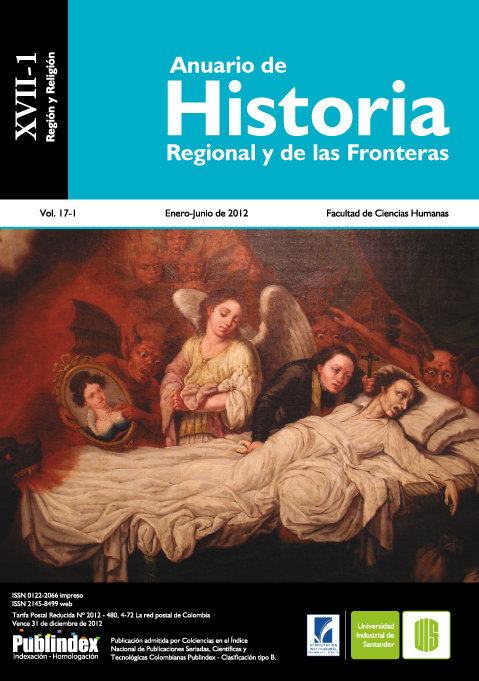“Those who disturb the public order will feel the rigor of the penalties, even death”. Approaches to the treatment of capital penalty in Rio de la Plata during the 1820 decade
Published 2012-08-22
How to Cite
Abstract
At the end of 1823, the governor Bernabé Araoz, exiled in the city of Salta, wassentenced to death by the House of Representatives of San Miguel de Tucumán. Thepresbyter José Manuel Moure, then president of the House of Representatives askeda commission of ecclesiastics integrated by Diego León Villafañe (Jesuit), PedroMiguel Aráoz and José Agustín Molina to express their opinions about death penalty.
The clergy, a central player within the colonial social context, suffered a change in itsrole when a new kind of relationship between the Church and the new emerging powersstarted to be outlined in the Revolution period. As a result, the new governmentsbegan to appropriate the specific spaces of the clergy such as the pulpit, and at thesame time, the latter took part of the political public spaces.
From governor Araoz’s particular case, this article deals with the death penalty debatein secular and ecclesiastical spheres in order to show some features of the political andthe religious relationship after the Revolution period. As a consequence, it will takeinto account the theoretical and juridical tools the commission of ecclesiastics used tosupport the application of capital punishment.
Keywords: Clergy, death penalty, laws.
